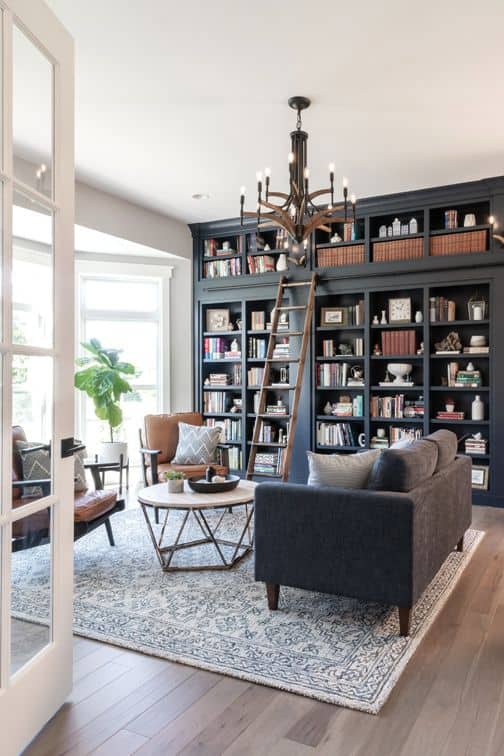A well-organized library can be a source of pride for any book lover. However, organizing a collection of books can seem like a complicated task, especially if you have a large number of books.
Fortunately, there are effective techniques for planning, sorting, and maintaining your library. Discover all our tips and how to implement them.


The first part of organizing your library is to plan and prepare. It’s about taking inventory of your books and deciding on a system to manage them. Before you begin, it’s a good idea to collect all of your books in one place so you can get an accurate count of how many books you have. This will help you decide how best to organize them.
Next, you will need to choose a system for organizing your books. There are many ways to do this, and the best system for you will depend on your personal preferences and the size of your collection. Among the most common systems are classification by genre, by author, or by subject. You can also choose to sort your books alphabetically, by color, or by size. The most important thing is to choose a system that makes sense to you and that you can stick to.
Once you have a system in place, you need to decide how best to organize your books physically. This will depend on your space and the size of your collection. For example, you can use shelves, stack books on tables or in boxes, or use wall bookcases . It’s also a good idea to invest in bookends or other accessories to keep your books upright and in good condition.


The second part of organizing your library is sorting and categorizing your books. This is to group your books according to the system you have chosen and to classify them in this system. For example, if you chose to sort your books by author, you can group all your books by author and then sort them alphabetically.
Sorting and filing your books can be time-consuming, but it’s important to take the time to do it right. This will make it easier for you to find the books you want to read and keep them in good condition. When classifying your books, you might consider using bookplates or labels to mark each book’s category or genre.
It’s also a good idea to consider purging your collection at this point. Review your books and decide which ones you want to keep and which ones you no longer need. This process can be difficult, especially if you have a strong emotional attachment to your books. However, it is important to be realistic about the space you have and to consider whether you are likely to read or refer to these books again in the future.
This website uses cookies.